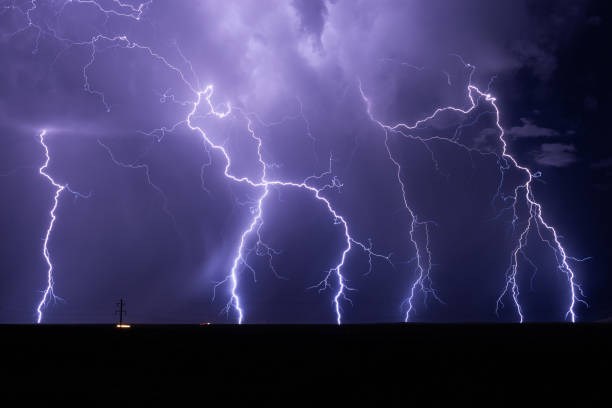Monsoon 2022 has been very active and with it brings welcomed rain. But the storms and the dust they kick up also bring health hazards, especially for those who already have respiratory ailments.
Dust storms and heavy downpours occur across the state but are a higher concern for more than 6 million people who live in four of Arizona’s five most populous counties: Maricopa, Pinal, Pima, and Yuma. The most obvious concerns are the reduced visibility that can make driving dangerous and flash flooding. Drivers should safely pull off the roadway until the storm passes, turning off their lights and not pressing the brakes. And never drive into a flooded wash.
Meanwhile, small dust particles can reduce air quality, harm your health, and make things worse for those with existing conditions such as asthma and bronchitis.
Dust particles can become trapped in your nose, mouth and upper respiratory tract, causing coughing, wheezing, runny noses or respiratory disorders such as asthma and pneumonia. They also can increase the number and severity of asthma attacks, cause or aggravate bronchitis and other lung disease and reduce the body’s ability to fight infections. If your symptoms worsen, call your healthcare provider.
The dust also may include the fungus that grows in our desert soil and causes Valley fever. The relationship between dust storms and Valley fever in Arizona is not clearly understood, but anyone in the areas where the fungus lives can breathe in infectious spores.
Although there are some steps you can take, there is no way to fully prevent Valley fever. Avoiding activities associated with dust and airborne dirt of native desert soil helps, but it’s no guarantee against infection. You may want to wear a mask when a dust storm approaches or whenever you’re engaged in activities that stir up the dust. Whenever possible, stay inside when there is blowing dust.
Monsoon rain often leaves standing water that can become a breeding ground for disease-carrying mosquitos and other insects, increasing the risk of contracting the West Nile or Zika viruses, among other illnesses. We have information on our website about how to reduce the number of mosquitoes around your home and avoid mosquito bites.
Every drop of rain is precious when you live in a desert, so monsoon season is a welcome relief. A few simple steps can help make the monsoon a healthy time as well.
Carla Berg is the deputy director for Public Health Services at the Arizona Department of Health Services. A native Arizonan, Carla has been a part of the ADHS team since 2008. She began her public health work at ADHS as an epidemiologist within the Tuberculosis Control Program. Since then, she has held roles as chief strategy officer, bureau chief for special licensing and office chief for Disease Integration & Services. In her current role, she leads the divisions of Public Health Preparedness, Public Health Licensing and Public Health Prevention Services in addition to health equity and strategic initiatives. She also provides leadership to the Arizona Health Improvement Plan (AzHIP), a multi-sector partnership focused on priorities to improve the health of Arizonans. She holds a Bachelor of Arts in Public Health from Johns Hopkins University and a Master of Health Sciences from the Johns Hopkins Bloomberg School of Public Health.



